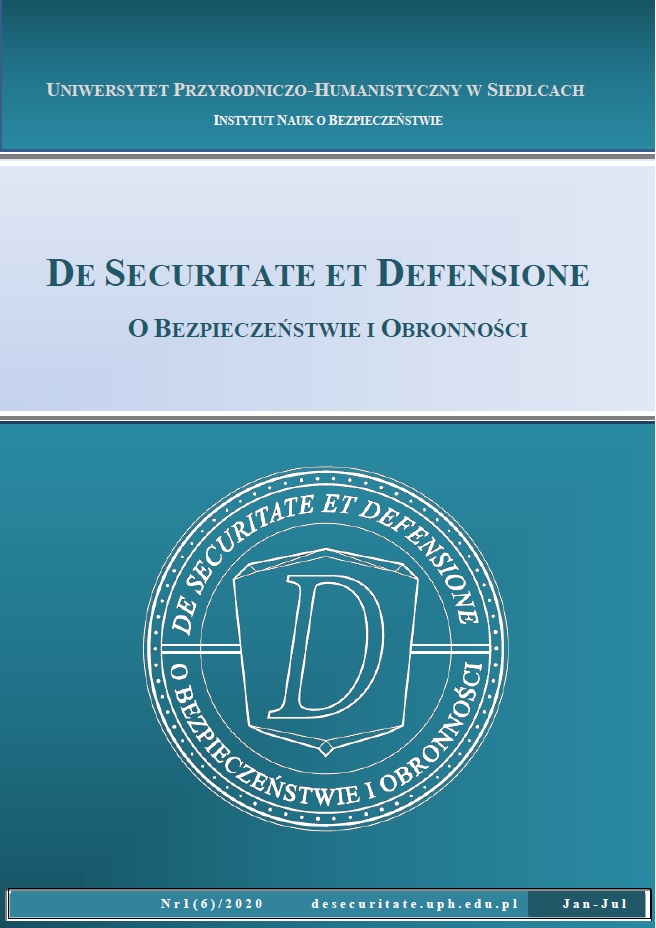Struktury KGB na Bliskim Wschodzie w latach 1954-1991. Retrospekcja i jej współczesne implikacje
DOI:
https://doi.org/10.34739/dsd.2020.01.11Słowa kluczowe:
wywiad, KGB, SWR, Bliski Wschód, terroryzmAbstrakt
W artykule zaprezentowano w zarysie podstawowe struktury Komitetu Bezpieczeństwa Państwowego (przy Radzie Ministrów) ZSRR prowadzące działania operacyjne na terenie trzynastu państw Bliskiego Wschodu ze szczególnym uwzględnieniem: Libanu, Egiptu, Syrii, Iraku oraz Jemenu Północnego i Południowego. Ponadto przedstawiono specyfikę regionu, a także jej oddziaływanie na profil podejmowanych tam przedsięwzięć, zwłaszcza w zakresie operacji realizowanych w ramach jednostek organizacyjnych 1. Zarządu Głównego KGB odpowiedzialnego za prowadzenie wywiadu zagranicznego, jak również ich możliwy wpływ na późniejsze działania Służby Wywiadu Zagranicznego FR na tym obszarze.




